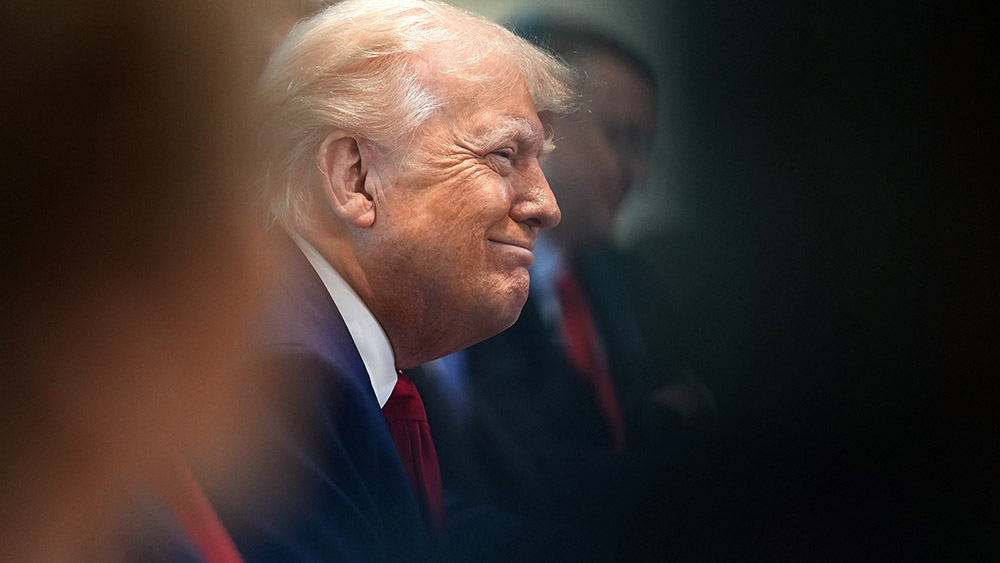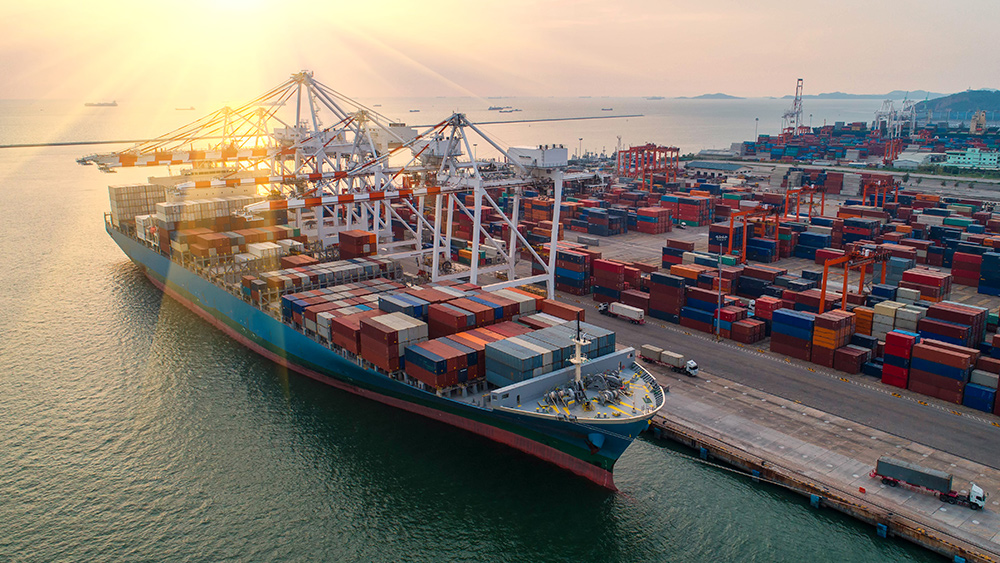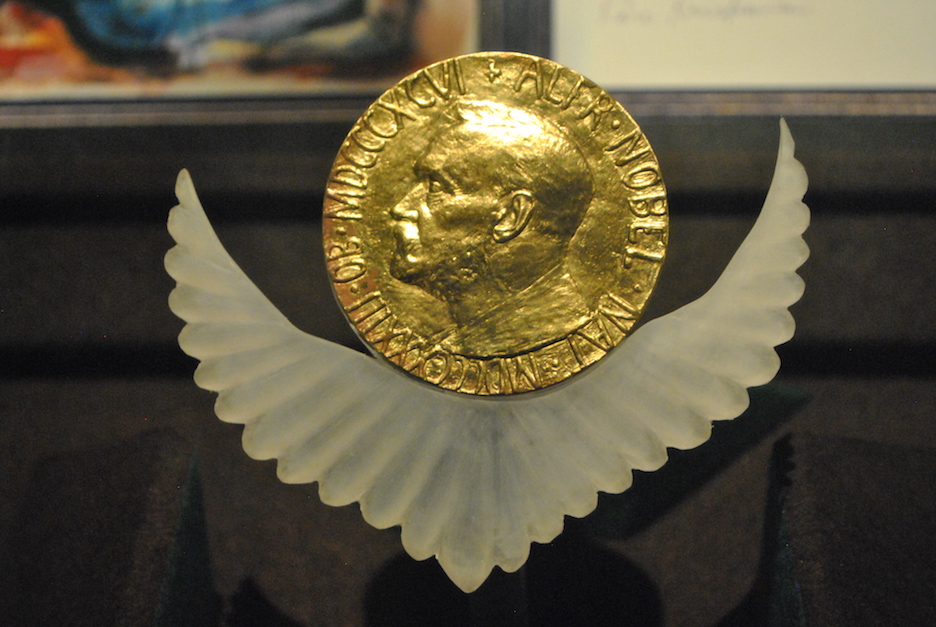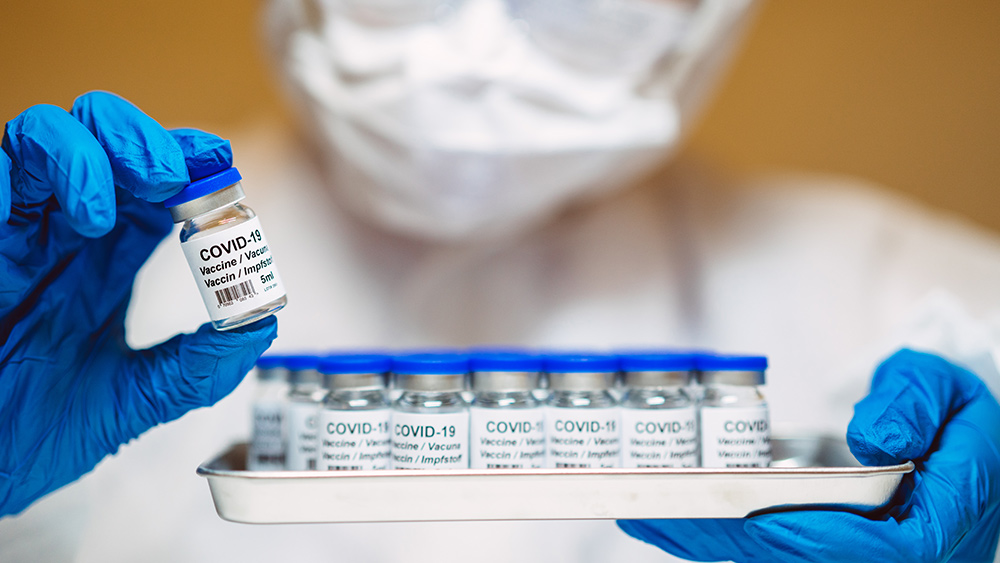 Parler
Parler Gab
Gab
- On July 27, at President Donald Trump's Turnberry golf resort in Scotland, the EU and the U.S. reached a landmark trade deal, hailed as "powerful" and "stabilizing" by both parties, following months of escalating tensions.
- The deal imposes a 15 percent tariff on a wide range of EU exports to the U.S., including automobiles, pharmaceuticals and semiconductors, replacing previous threats of higher tariffs (up to 50 percent) and reducing rates on specific goods like EU-produced cars and steel and aluminum products.
- The EU has committed to purchasing $750 billion in U.S. energy exports and investing an additional $600 billion into the American economy, with plans to acquire "hundreds of billions of dollars' worth of military equipment," though specific timelines remain unclear.
- The agreement prevents a potential trade war that could have had significant global economic repercussions, as the EU had prepared to retaliate with 30 percent tariffs on $100 billion worth of U.S. goods if negotiations failed.
- The deal is seen as a significant victory by U.S. Republican lawmakers and is expected to have a calming effect on financial markets.
Economic commitments and trade offs
As part of the deal, the EU has committed to purchasing $750 billion in U.S. energy exports and investing an additional $600 billion into the American economy. Trump also mentioned that the EU would be acquiring "hundreds of billions of dollars' worth of military equipment," though specific details on the timeline for these purchases and investments remain unclear. The negotiations, which lasted four months, saw the EU preparing to retaliate with 30 percent tariffs on $100 billion worth of U.S. goods if talks failed. Irish Deputy Prime Minister Simon Harris expressed regret over the 15 percent rate but acknowledged the importance of achieving "certainty." The agreement is significant given that the EU and the U.S. together account for about 44 percent of the world's gross domestic product. The deal averts a trade war that could have had far-reaching consequences for the global economy. Financial markets, which had been bracing for potential turbulence, are likely to experience a calming effect as a result of this breakthrough. Trump emphasized the importance of the U.S.-EU partnership, stating, "This is really the biggest trading partnership in the world. So we should give it a shot." The deal follows a series of preliminary tariff agreements Trump has made with other countries, including the U.K., Vietnam, Japan, Indonesia and the Philippines.Reactions and political fallout
European negotiators had aimed for a 10 percent tariff, mirroring Trump's baseline rate against foreign countries and the deal he made with the U.K. in May. However, the final agreement reflects a compromise, with Trump avoiding the imposition of the 30 percent tariffs he had previously threatened. Republican lawmakers in the U.S. hailed the deal as a significant victory. Rep. Ashley Hinson (R-IA) praised Trump, saying, "Another historic trade deal, another big win for America. President Trump is winning nonstop!" Commerce Secretary Howard Lutnick, who was part of Trump's delegation, described the agreement as a "significant breakthrough," stating that the EU would "completely accept our auto and industrial standards for the first time ever." The new U.S.-EU trade deal, with its 15 percent tariff baseline, represents a complex negotiation that balances economic interests and political pressures. While the agreement avoids an immediate trade war, it sets the stage for future discussions on issues such as pharmaceuticals and steel and aluminum quotas. As Trump continues to reshape America's trade landscape, the world watches to see how these changes will impact global economic dynamics in the long term. Watch the video below that talks about the tariff deadline set by Trump on the EU and Mexico. This video is from the NewsClips channel on Brighteon.com.More related stories:
Trump secures sweeping trade deals with Japan, Indonesia and the Philippines. Trump threatens 50% TARIFF on EU imports – but delays it after talks with Brussels. EU pauses retaliatory tariffs as Trump temporarily halts new duties.Sources include:
RT.com NYPost.com Brighteon.comU.K.’s new bank surveillance laws threaten privacy, spark outcry as fraud “crackdown” advances
By Willow Tohi // Share
Trump revives Presidential Fitness Test to “Make America Active Again”
By Laura Harris // Share
The Red Sea crisis: Houthi attacks threaten Saudi Arabia’s economic ambitions
By Zoey Sky // Share
Trump Admin Threatens to Withhold Federal Aid from Cities and States Boycotting Israeli Companies
By Finn Heartley // Share
California’s ammunition background check law deemed UNCONSTITUTIONAL
By Belle Carter // Share
Cambodia nominates Trump for Nobel Peace Prize amid border conflict resolution
By Belle Carter // Share
Governments continue to obscure COVID-19 vaccine data amid rising concerns over excess deaths
By patricklewis // Share
Tech giant Microsoft backs EXTINCTION with its support of carbon capture programs
By ramontomeydw // Share
Germany to resume arms exports to Israel despite repeated ceasefire violations
By isabelle // Share









